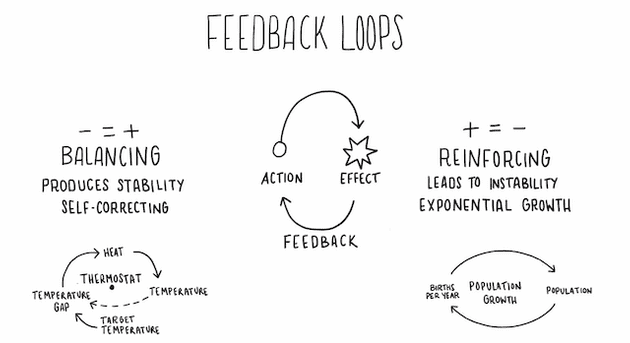Nothing is more important than trust when it comes to high-functioning teams. It is like the soil a plant grows on. Without good soil, growing a plant becomes increasingly difficult as time passes. Therefore, having the right kind of soil is the first step in creating a supportive environment. With good soil, we may be able to get away with just watering the plan and it will be fine. Without good soil, there is a lot of work we need to add, such as fertilizer, temperature, humidity, etc. By just having good soil, to begin with, we save ourselves a lot of time and headaches by not thinking about what other things we need to add. Having a strong trust foundation also provides psychological safety for the team to fail faster, which encourages more innovations.
How do we, as managers, build a trusting relationship among our teams? The obvious answer is by creating a trust-fostering environment. But what exactly does that mean? How would we create an environment that fosters a specific desired attribute?
How to engineer our environments
The late author of Thinking in Systems, Donella Meadows, emphasized the power of a feedback loop. A feedback loop happens when there is a change to either the input or the output of the system. There are two kinds of a loop:
Balancing loop
A balancing loop is goal-seeking. When things get out of a pre-determined balance, the system is acted upon to get back to its optimal point. For example, a thermostat regulates temperatures in a room, as it warms the room up when it gets too cold (away from the pre-determined “optimal temperature”) and cools it down when it gets too hot. This kind of loop resists changes to the system.
Reinforcing loop
A reinforcing loop is a force multiplier that amplifies the changes made to the system. For example, the birth rate increases with the population, or the speed of a virus infection increases as more people get it. This can create either a virtuous cycle (if the change is positive or desirable) or a vicious one (if the change is negative or undesirable). This kind of loop can spin things out of control.
Create our system with proper feedback loops
Our work environment is a type of system that has its moving parts, input, and output. Changes that occur within or upon the system will create feedback loops that either are balancing or reinforcing. To design a trust-fostering environment, we will want to determine the kind of loops that are triggered by each specific behavior (changes). We, as managers, can have control over which loop we want to occur.
For example, we have determined that certain offensive jokes are not conducive to a friendly/trusting environment. When this behavior happens, we will want to apply the balancing loop to it, by either not laughing at the jokes or by directly pointing out their inappropriateness. After a few occurrences, the behavior will most likely subside.
As another example, we want our team members to give each others credits where they are due. We can lead by example by giving compliments to a job well done by another team member. When we, as managers, do this a few times, others will notice that they should do that too. When they do, we want to re-enforce that behavior by thanking the person giving the credits and reiterating that it is a good thing to do to your teammates.
When we have our loops in place and they are actively enforced, initially by us, our system will slowly, but steadily, foster the behaviors that help build a trusting environment. This will take time, but it is the organic growth that will pay off over time. The plant needs time to grow, and we know that we cannot rush it.
Summary
A team with a strong trust foundation will be able to be more productive and withstand adversaries. Trust can also be the catalyst for many other positive changes to happen. To build a strong trust foundation, we can build a system that re-enforces the desirable behaviors of the team members. By using balancing and reinforcing loops properly, we can help form the trust foundation organically. When done properly, the system will become our culture that can reinforce itself, just like the rain forest, where everything is in balance and growth.
